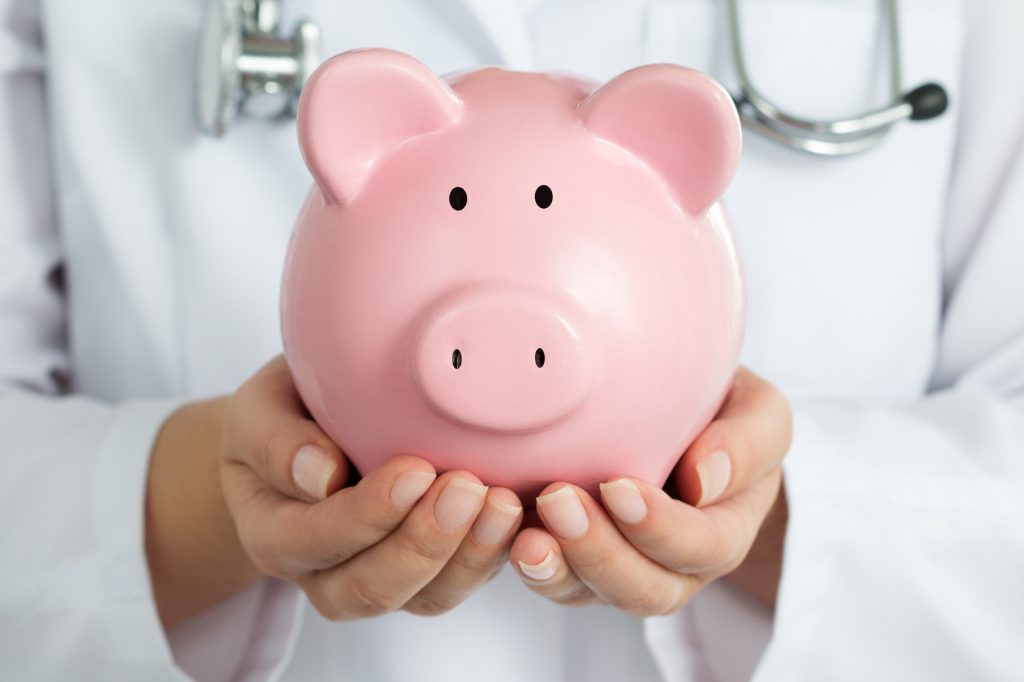wage gap
TagGender Pay Gap Tops $36K for New Physicians
A new study has found that male physicians earn more than their female counterparts, even at the onset of their career.
Female PAs Still Paid Less than Male PAs
Female PAs earn $.91 to every dollar male PAs earn according to the newly released findings from the AAPA’s annual salary survey.
“Female Physicians Do Not Work as Hard,” Claimed Physician Now Facing Backlash
The statement, which was made in the Women in Medicine issue of the Dallas Medical Journal, has prompted viral levels of backlash across the internet.
Wage Gap Between Female and Male PAs Persists
Despite 70% of PAs being female, they earn significantly less than their male counterparts, a new study has found.



